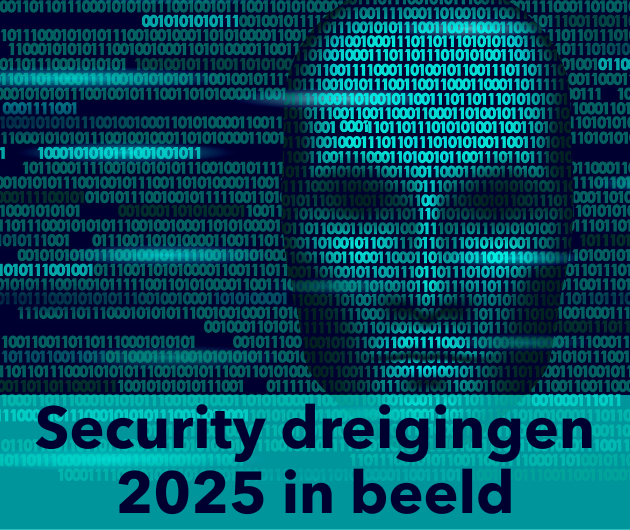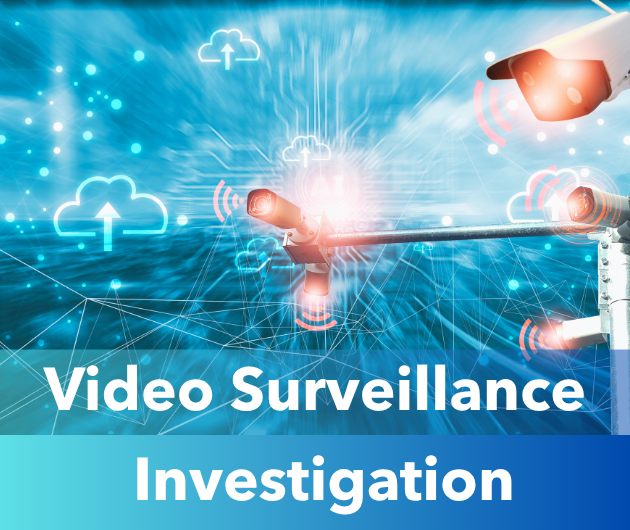Because of a personal friendship, with the sorely missed Gil Jones of RMDP, I have long had a keen interest in the use of IT in the retail sector.
Historically it has been a hard ride to justify the cost of IT and there have been a lot of mistakes made. However point-pf-sale terminals are now commonplace and it is the retail giants that have been among the leading lights in the development of data warehouses and information systems. It is also relevant that consumer related e-commerce (C2B) is a retail activity. Business-to-business e-commerce (B2B) applies to a much wider range of business, but it is of particular interest to retailers with all their supply chain management (SCM) problems.
Competition among retailers has been a significant force in ensuring rapid progress with IT related ideas. If one retailer has an effective data warehouse then those without will find it very difficult to compete. In the early days of data warehousing it was impossible to justify the cost of the project as an isolated item, but once one company had the benefit of customer information analysis, the others were forced to invest or fail.
The retailers were active in establishing the concept, technology and standards for bar code identification, a technique used extensively in and beyond retail. In many cases however, article tagging for instance, retail requires huge quantities of tags, resulting in lower costs, which can be exploited by other lower volume applications.
Early bar code readers had to be accurately positioned, very close to the tag, but that is no longer the case. Check-out scanners are now very accurate at reading a bar code from almost any position, while scanners used for automatic detection of luggage labels at airport baggage handling are remarkably good, and from a metre or so away. But despite this progress, there is still plenty of room for improvement both in the ease and accuracy of reading and in extending the information automatically available. This is where Radio Frequency Identification (RFID) comes in since it is not so dependent on physical positioning.
There will be a wide variety of RFID devices, aimed at different applications. In the first instance they will be little more than a direct replacement for bar codes, but the potential to add value is huge. Obviously the technology will improve and widespread adoption will drive the unit price of a tag and associated readers down, so early investors must be careful to make long term plans and not to stagnate and get leapfrogged by competitors; experience with data warehousing is a historic model to explore.
There are two basic types of tag, active or passive. Active tags have an internal battery which can power an integrated computer and read/write storage system, while a passive tag is provided with power from the reader. As such passive tags have a very limited capability compared to active tags. On the other hand passive tags are much cheaper and require no maintenance. Eventually as the technology improves passive tags will become more powerful, but for the foreseeable future they should be treated as read-only devices while active tags can be read/write, i.e. they can contain updated data.
Clearly there will be specific applications for each type of tag. The high volume needed for individual product tagging must exclude the active tag on cost grounds alone but the cost is negligible on high value items such as works of art, military vehicles, high security systems, etc. Only time and experience will tell where to draw the line.< BR>
Martin Healey, pioneer development Intel-based computers en c/s-architecture. Director of a number of IT specialist companies and an Emeritus Professor of the University of Wales.








